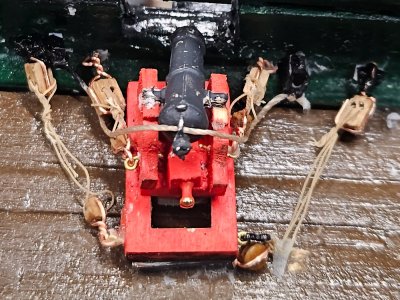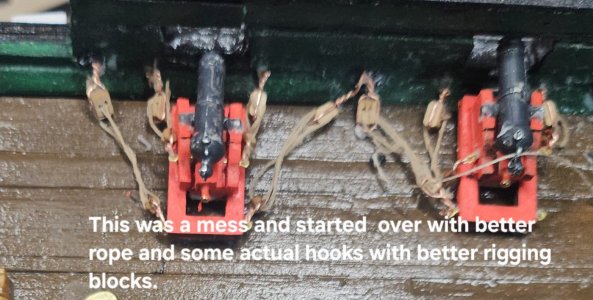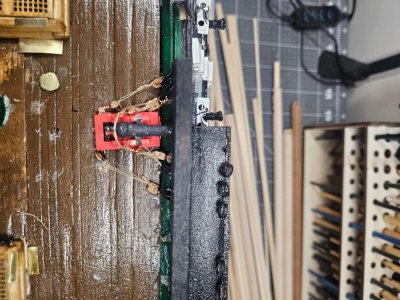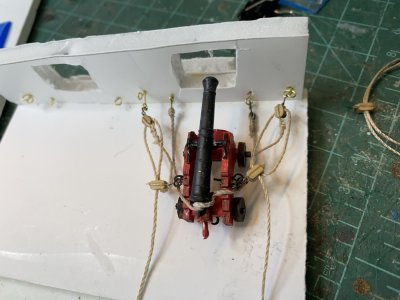Everyone, my apologies for not releasing my post, somehow, I got sidetracked and forgot the send button. Anyway, here is the latest somewhat...
While I'm working on the channels, deadeyes, and eye chains, etc. There are definitely some things I wish I knew before this part of the build. The practicum seems somewhat incomplete, but I think Bob Hunt expected us to figure this out based on what we've learned thus far throughout the course of the practicum. I read a lot, but if the reading gets very complicated to understand, if you show me a picture what it should look like, it will click in, and I can certainly get it done that way. The ship's plans also get complicated because some things seem to be off or missing altogether.
Most builders can solder well or make a mess doing it. I can for the most part do well because before I became a Navy Officer, I started off Enlisted and flew as an Aircrewman and Rescue Swimmer, but also an Aviation Electrician's Mate. So, we fixed what we flew. Some areas that would have helped before I started, but I'm hoping new assembler/builder would know about this particular Conny kit, so they can make their own decision on what approach they want to take.
For starters, choosing brass wire for the deadeyes was clearly not a very good idea, particularly the gauge of the wire. The wire does not twist well and breaks very easily. It does not conduct the soldering iron temperature very well and you find yourself taking forever to heat it up, let alone soldering the strip which is also bass. In other words, the choice of this to include in the kit totally sucks and was a poor choice. The wire is kept breaking on me as I tried to twist it onto the eyebolt. Solder does not adhere to brass very well at all, so trying to solder the brass wire around the eyebolt to the brass strip was a complete waste of time. My solution was to get some copper wire that was a slight gauge thicker than the brass. The copper wire was perfectly strong and easier to twist on and keep it there and finish it off with a pair of needle nose pliers to tighten it up against the deadeye and none of them broke. To solder the deadeye to the eyebolt strips, I used my magnifying stand that had clips and arms to hold each piece separately. you can tin each piece before soldering them together, however, tinning the strip being brass was just a waste of time and copper took to it immediately. The easiest way and the fastest way without making a mess and using as little of the surface area was to position the brass strip on top of the deadeye copper wire that was trimmed down to 3/32 and then place the soldering iron needle under the copper wire and use the flux core solder from the top. it would be instantaneous and no waiting to hear up like the brass wire. Doing it this way makes the smallest possible amount of solder to adhere to joining both pieces quickly because the solder immediately goes to the copper wire first and enough to cover it, and the strip of brass gets caught in the melting action and when you remove the soldering iron you'll find that the strip did connect and notice it isn't globby from the solder. This makes it ideal to fit in the grooves you created in the channel.
This then leads into the channel portion and the grooves you created for the eyebolts and deadeyes, these need to at least 1/16 wide and deep for the copper wire and strip to sit in the groove comfortably before using the 1/16x1/16strip of wood across the channel over the eyebolts covering the soldered areas and enclose nicely. I recommend getting the eyebolts on the channel, closing it up and then painting them before gluing the channel onto the hull.
Bob had given measurements for each of the eyebolt strips, and I found those as really unnecessary. Everything seemed to be the same distance and more even than making a couple of them vary in length. I also am not sure how those rivets even fit inside the eyebolt because it is just ridiculously tiny, and my hand is certainly not steady to try to go through the strips into the hull. I end up simulating to bolt top with globs of paint, however, even if I used the rivets and survived that ordeal, you can barely notice them unless you have your face up to the hull. It seems a bit unrealistic with .035 rivets to fit in like that. simulating them much easier, but barely noticeable to the naked eye. This is my take on this specific part of the build. I'll include pictures later today of at least one side that was completed. so, preparing the deadeyes and soldering them to the eyebolt strip began as like 2-3 per hour to 10-12 per hour...major difference here.




![20250807_061046[1].jpg 20250807_061046[1].jpg](https://shipsofscale.com/sosforums/data/attachments/520/520349-96654784678d7b6d362dfedf14c2b191.jpg?hash=OlW4bA9xGv)
![20250807_061057[1].jpg 20250807_061057[1].jpg](https://shipsofscale.com/sosforums/data/attachments/520/520350-7f6acf003ccf68cab13434dd4274c376.jpg?hash=SLSFVzrv-3)
![20250807_061112[1].jpg 20250807_061112[1].jpg](https://shipsofscale.com/sosforums/data/attachments/520/520351-452f801b44f7ccc9549f098926b3396b.jpg?hash=ZrkDVliIvS)
![20250807_061142[1].jpg 20250807_061142[1].jpg](https://shipsofscale.com/sosforums/data/attachments/520/520352-6e2ecc8a36094b47f4fa2d8e9f15fe61.jpg?hash=rQX-_wT9nf)
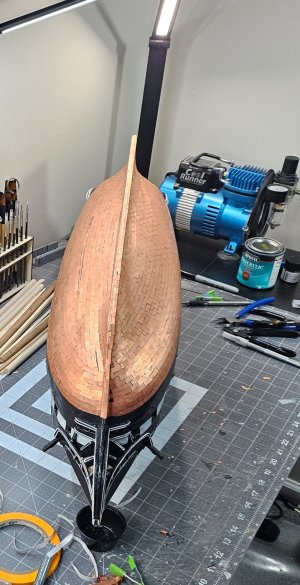
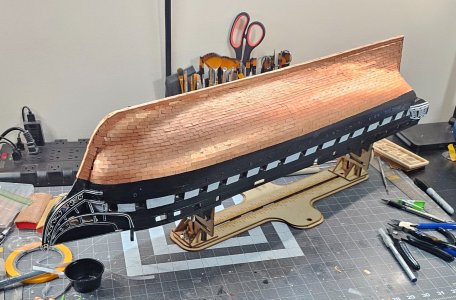
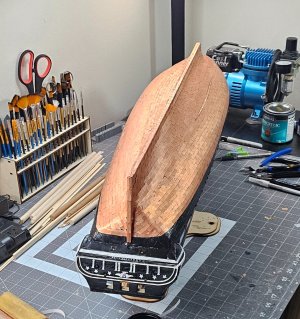
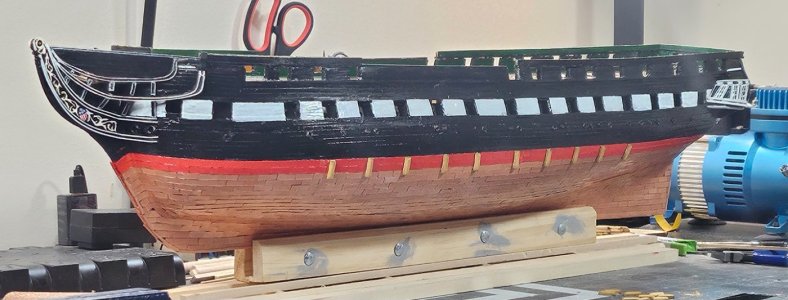

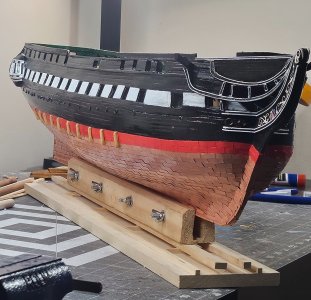
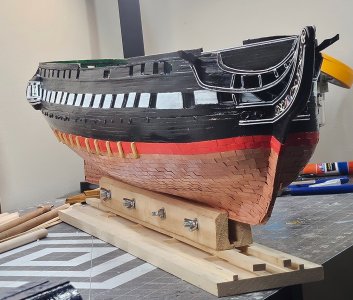
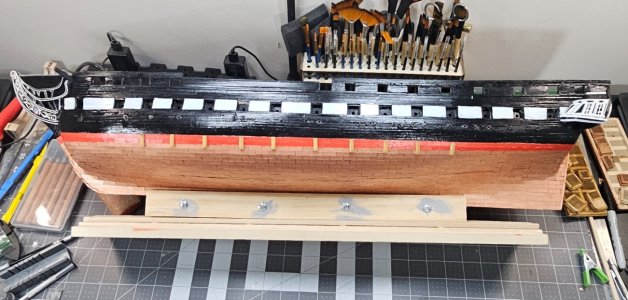

![20250815_061746[1].jpg 20250815_061746[1].jpg](https://shipsofscale.com/sosforums/data/attachments/521/521789-39486961c48c70f119cd9c195a323735.jpg?hash=mdC-VQKRGZ)
![20250815_061753[1].jpg 20250815_061753[1].jpg](https://shipsofscale.com/sosforums/data/attachments/521/521791-966d385058cc9c632557ed2212017cd9.jpg?hash=Gdl9XLHaOP)
![20250815_061759[1].jpg 20250815_061759[1].jpg](https://shipsofscale.com/sosforums/data/attachments/521/521793-dc990141013357365ffb750c50f7bcb1.jpg?hash=m0lwniGDAk)
![20250815_061838[1].jpg 20250815_061838[1].jpg](https://shipsofscale.com/sosforums/data/attachments/521/521794-ef8e98f708e6dc2bbf248d22e2760b49.jpg?hash=BST2R7GGzD)
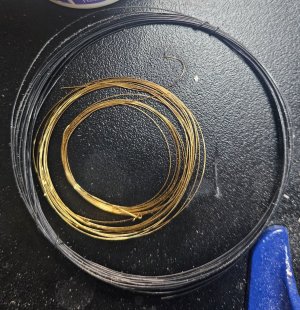
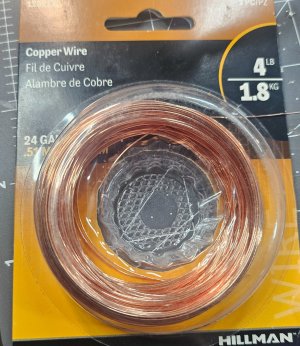
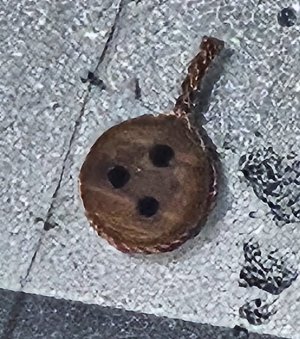
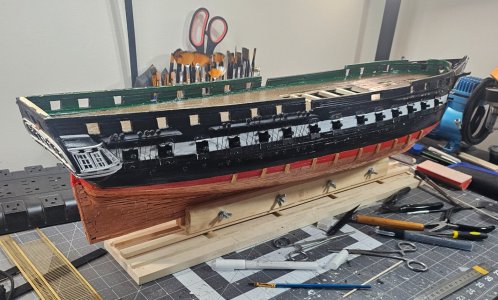
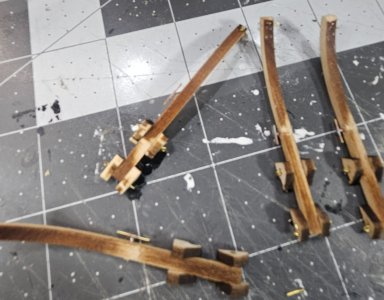
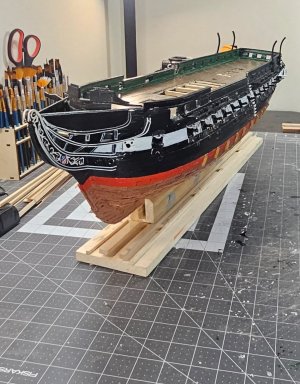
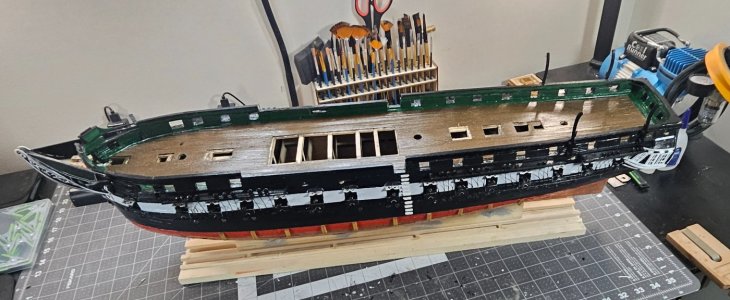
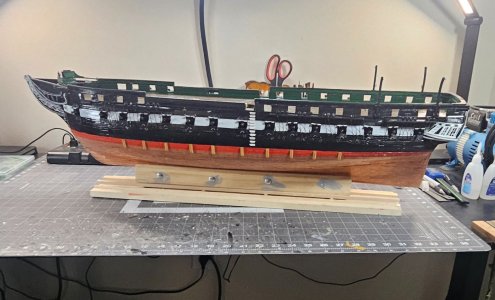
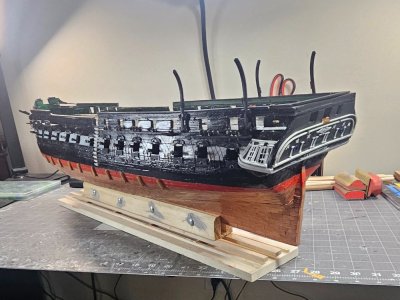
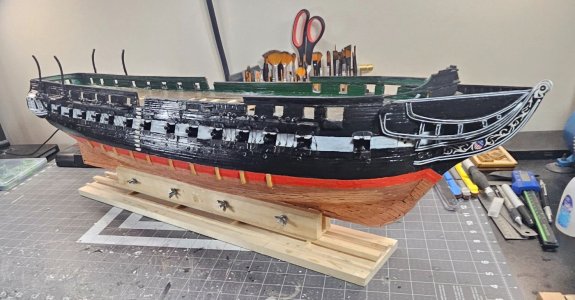
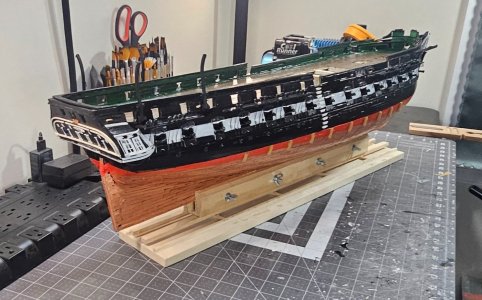
![20250831_064250[1].jpg 20250831_064250[1].jpg](https://shipsofscale.com/sosforums/data/attachments/525/525454-0d53b129290a1bd233504474ebc1f816.jpg?hash=wST2yaPrVK)
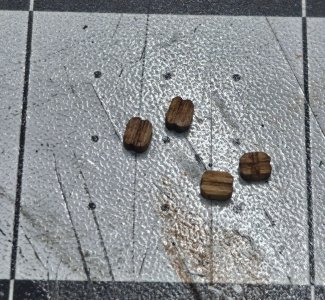

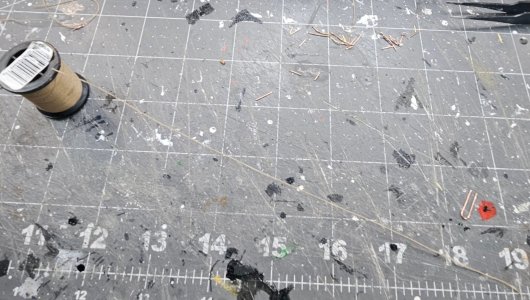
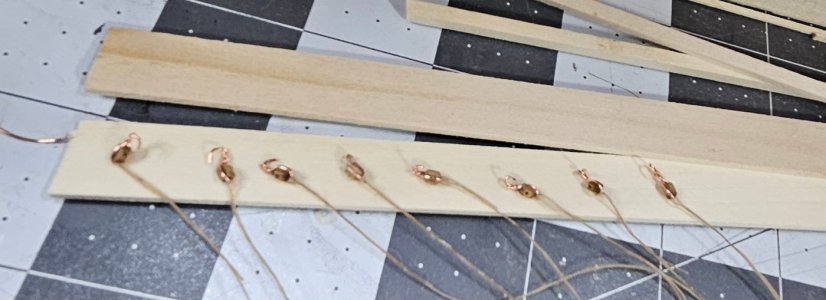
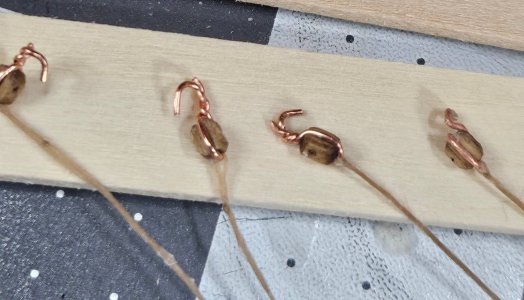
![20250912_062432[1].jpg 20250912_062432[1].jpg](https://shipsofscale.com/sosforums/data/attachments/527/527570-5a9a7b5ae1d50b6c1eecfa8f1034a917.jpg?hash=D4e1_SM3_l)
![20250912_062339[1].jpg 20250912_062339[1].jpg](https://shipsofscale.com/sosforums/data/attachments/527/527571-585b4c1b0e5e226b6d2708a59c232d25.jpg?hash=timcFHbi28)
